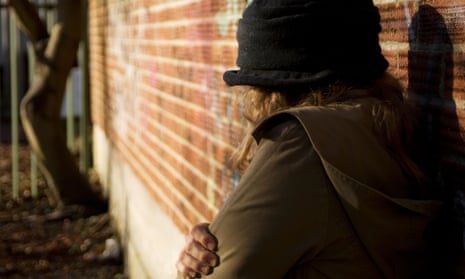Cases of “Cinderella” abuse involving attacks by women and girls on family members have risen twice as fast as those by men, new figures show.
The figures from the Metropolitan police, who are investigating a rise in the number of domestic abuse offences committed by female family members, show that domestic abuse offences committed by sisters have doubled from 641 in 2010 to 1,325 in 2018. The numbers have quadrupled for stepsisters and half-sisters from 33 to 142.
Female perpetrators now account for 28% of cases; up from 19% a decade ago.
The figures were uncovered by the London assembly as part of an investigation into abuse that found a 300% increase in half-sisters, grandmothers and stepsisters as offenders.
Despite the rise in the number of domestic abuse offences committed by female family members, ex-boyfriends, boyfriends and husbands are the predominant perpetrators of domestic abuse.
Priti Patel recently launched a campaign under the hashtag #YouAreNotAlone to support victims of abuse after a rise in cases during the coronavirus lockdown. The UK’s largest domestic abuse charity, Refuge, reported a 700% increase in calls to its helpline in a single day.
The home secretary said: “Coronavirus has opened Britain’s enormous heart and shown our love and compassion for one another as we come together to help those most in need. I am now asking this nation to use that amazing compassion and community spirit to embrace those trapped in the horrific cycle of abuse.”
According to research by Dr Jonathan Caspi, a clinical social worker, sibling abuse is most common in dysfunctional, neglectful or abusive homes where parents fail to correct abusive behaviour. Caspi’s research also found that 60% of children who witnessed abusive behaviour between their parents later acted it out on their siblings.
Abuse from a sibling is also less likely to be reported because of the fear of retaliation from the perpetrator, or because they may be unable to recognise the difference between abuse and “acceptable” sibling aggression.
Dame Vera Baird, the victims’ commissioner, said: “Only a few years ago, the police and the public probably wouldn’t have considered assaults such as siblings on siblings as domestic abuse. However, we can see a lot of this type of inter-family abuse does occur. I would encourage anyone who is experiencing this type of abuse to seek help and report it.”
The freephone, 24-hour National Domestic Abuse Helpline is 0808 2000 247
The Respect phone line 0808 8024040 is open Monday to Friday 9am to 5pm
